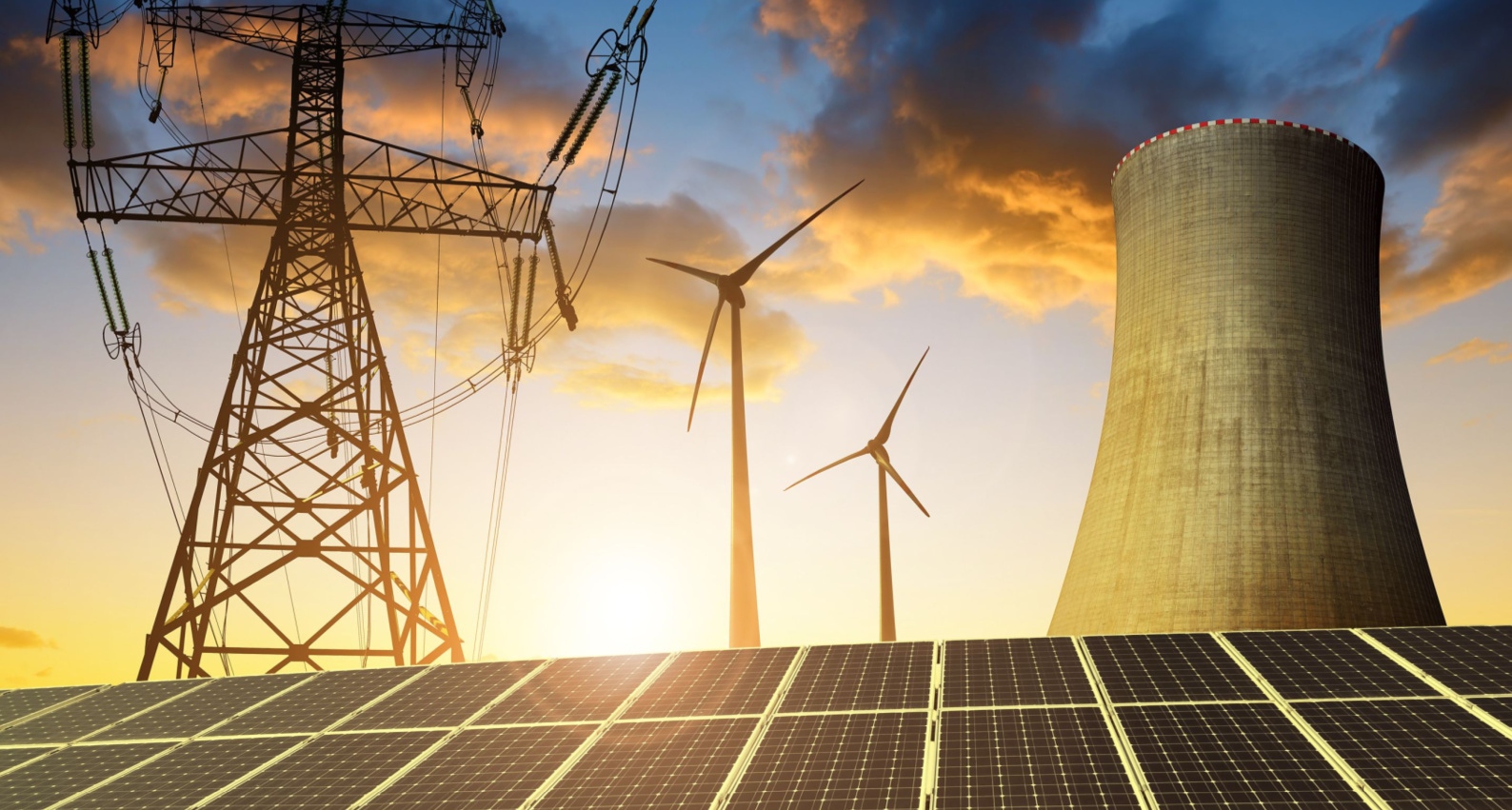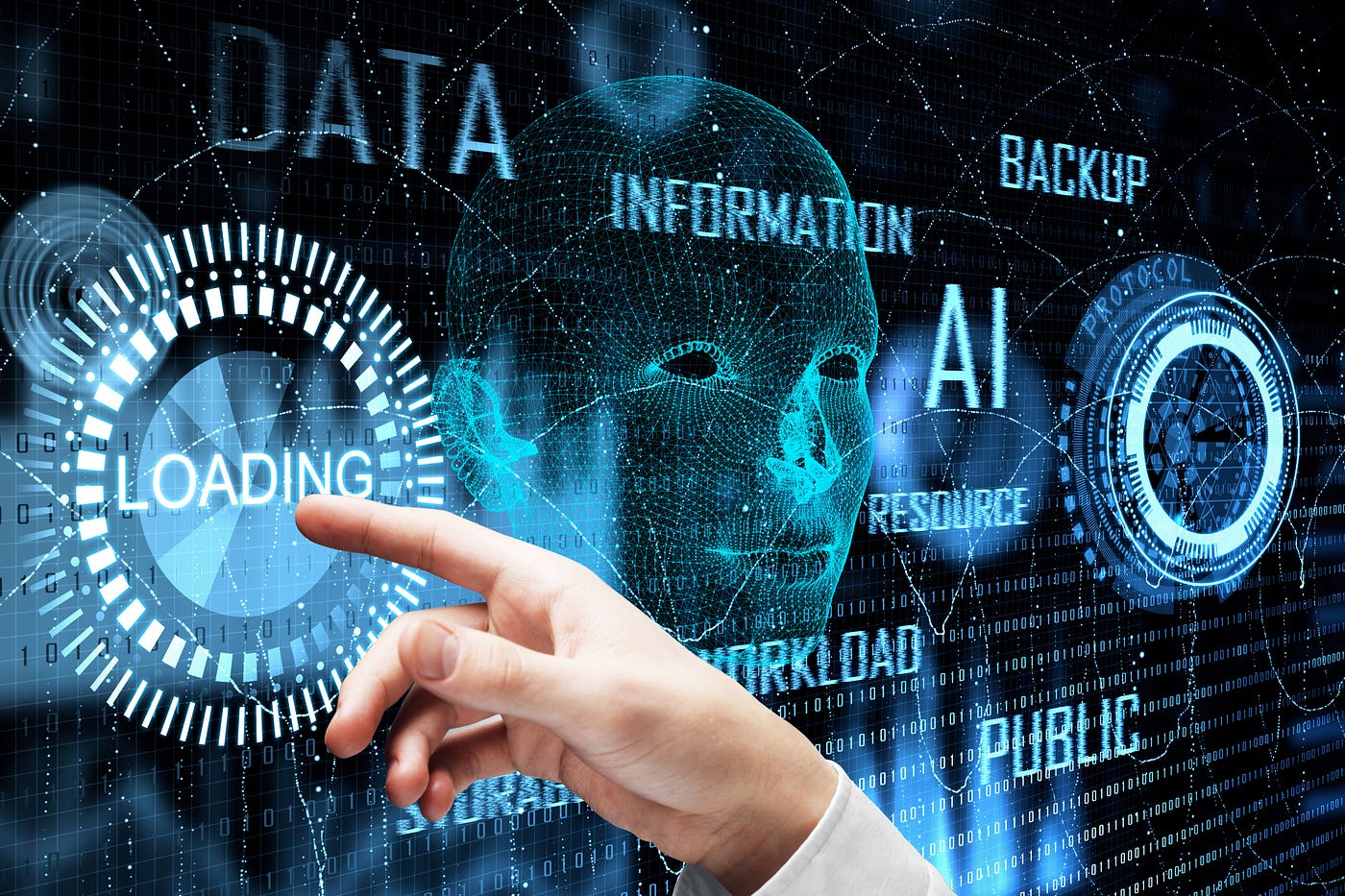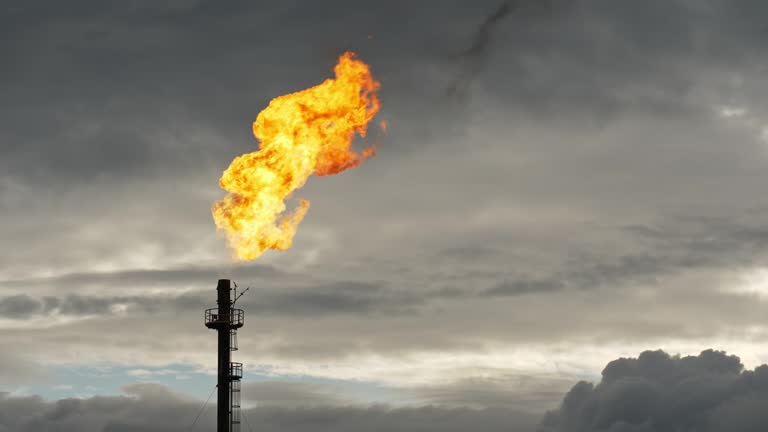
The existing process of global energy and power transformation is complex and deep, propelled by an amalgamation of technological, policy, and rising imperatives for sustainable practices. This paper tries to further elucidate the multi faceted trends and challenges that define the present contours of the energy and power market and how these dynamics are redesigning the industry onto a more sustainable and resilient path.
1. Renewable Energy Dominance: A Paradigm Shift in Energy Production
One of the hallmarks of the modern energy sector is the rise of renewable energy sources. Governments and businesses worldwide work to transition from dirty fossil fuels to cleaner sources like solar, wind, and hydropower. Indeed, this transition is not in the name of solving the mismatch of the energy transition but far for reasons of energy security and falling renewable technology costs.
The growth in solar and wind energy has been huge, partly due to rising efficiencies and advances in energy storage technologies. For these reasons, the overall global effort toward decarbonization has acted as a massively accelerating factor in the deployment of large-scale renewable projects, questioning conventional notions of energy production and consumption.
2. Energy Storage Revolution: Powering the Future with Efficient Storage Solutions
The intermittency of renewable energy sources has moved energy storage to the forefront as the central component of energy transition. Battery technologies, most of all, have evolved alongside decreasing costs to definitely alter how energy is stored and used. Energy storage systems not only stabilize grid operations but also allow for greater integration of renewables into the energy mix.
It has been instrumental in case studying electric vehicles and hence helping to foment growth in energy storage. Advancements in high capacity, cost effective batteries have implications that extend beyond transport to grid resilience and a changing distributed energy system.
3. Digitalization and Smart Grids: Navigating the Digital Frontier
The energy landscape has taken a paradigm shift toward digitalization, underscored by smart grid technologies. Smart grids use data analytics, artificial intelligence, and the IoT to optimize energy systems in terms of efficiency, reliability, and sustainability.
In a nutshell, smart grids offer real time monitoring and control of energy distribution, enabling optimization of the supply to demand balance. All this goes a long way to improving operational efficiency and, more importantly, seamless integration of renewable energy sources while facilitating sector electrification toward a more interconnected and responsive energy ecosystem.
4. Decentralization and Energy Independence: Empowering Communities for a Sustainable Future
The old centralized model of power generation and distribution is giving way to decentralization. Distributed energy resources empowered by this rise include rooftop solar panels, small wind turbines, and local energy storage that can make each consumer a prosumer, producing and consuming their energy.
This decentralization, however, brings improvements not only in energy resilience but also lays the foundation of independence in energy use at a community level. Microgrids, running on a mix of renewable energy and energy storage, make for resilient and thus sustainable solutions for remote or disaster prone areas. By doing this, communities can take control of their energy future by building sustainability and local resilience.
Challenges:
1. Intermittency and Reliability: Balancing the Unpredictable Nature of Renewables
An issue yet to be overcome with the new renewable energy technologies is the intermittency of solar and wind power generation. Both are dependent on weather conditions and hence cause fluctuations in the energy supply. Solution to the intermittency problems will be complex and requires more than innovative energy storage solutions and grid enhancement a diverse energy mix, which can assure a reliable and stable power supply.
2. Infrastructure Upgrades: Modernizing the Backbone of Energy Systems
Upgrading to more sustainable and decentralized energy would require huge infrastructure improvements. Most grids around the world are aged and have to be rejuvenated in order to accommodate bidirectional flows of energy, integrate digital technologies, and be more reliable. This is a huge investment that few regions or countries can afford in solitude, hence requiring strategic planning and collaboration between the public and private sectors.
3. Policy and Regulatory Uncertainty: Navigating the Shifting Sands of Governance
The energy sector is much affected by regulations and government policies. Rapidly changing policy directions do easily lead to uncertainty among investors and industry stakeholders. Well defined, consistent regulatory frameworks provide long term stability needed to attract necessary investment in renewable energy and other innovative technologies. Such an enabling environment for sustainable energy development will only be possible through close collaboration between governments and the private sector.
4. Transitioning Workforce: Equipping the Energy Sector for the Future
As the world of energy continues to shift, so must the workforce be prepared to adapt to the emerging industry needs. The transformational change towards renewable energy and digital technologies requires a workforce imbued with the capability of handling new challenges. Workforce transition and upskilling programs thus become very necessary in making a ready sector towards the emerging needs of the evolving energy market. It calls for collaboration between the government, academia, and industry stakeholders in developing a relevantly skilled workforce that is focused on sustainable energy.
Conclusion:
The energy and power markets are at a crossroads, leading the transformative journey toward a more sustainable and resilient future. Driven by the trends of renewable energy dominance, energy storage revolution, digitalization, and decentralization, reshaping is under way within the industry. Inevitably, these trends do come up with challenges on intermittency, infrastructure upgradation, regulatory uncertainty, and workforce transitions that would spell out collective action by governments, businesses, and communities as one. On the way forward, this will have to combine technological innovation with strategic policy making and a commitment to sustainability in order to ensure a resilient and cleaner energy future. As we step into this new landscape, the energy sector will become a keystone to a more sustainable and equitable future for generations to come
Trending Posts

Global Silver Nanoparticles Market
The global silver nanoparticles market was valued at $2.08 billion in 2020, and is projected to reach $4.1 billion by 2027, growing at a CAGR of ~17%

LNG Bunkering – Here is something you must know!
In the current scenario of growing pollution, companies are trying to adapt more and more sustainable approach that not only gives eco-friendly result

The Basic Pension Comes - Federal Cabinet Decides On the Pension Supplement
Financial security in old age is an issue that is causing stomach pains for more and more people in Germany. Low-wage earners fear the elderly. The ba

The Future of Artificial Intelligence
In recent years, the field of artificial intelligence (AI) has witnessed unprecedented growth and transformative advancements. As AI technologies

Sailing into the future with Autonomous Ships
Autonomous Vehicles (AVs) are the uproar of this era. After airways, thanks to the companies like Tesla, that people are now getting used to see drive

Rising Demand For Uninterrupted Power Supply Is Expected To Drive The Power Rental Market
Todays world is totally reliant on electric power. There are many things which are not manageable without electricity. Power rental is a concept where

Rapidly growing IT industry coupled with the trend of bringing your own device (BYOD) is expected to provide new opportunities for growth of Cloud Collaboration
Cloud collaboration is the process of sharing and co-authoring the computer-based work through cloud technology

Factcheck on UV Disinfection for COVID-19
Many regulatory authorities and bodies believe that UV disinfection technologies can play a role in a multiple barrier approach to reducing the transm

The Global Ventilator Market Grows at a CAGR of 7.75 %
The Global Ventilator Market, which was at $688 million in the year 2016, is about to double by the year 2025, and reach a value of $1,347 million. Th

Vaccination: Vaccination Against Measles is Now Mandatory in Germany
The subject of compulsory vaccination has always heated peoples minds and caused emotionally charged discussions. The latest law in this area - the ob
Recent Posts

Growth and Future Trends of the Global In-Line UV-Vis Spectroscopy Market
In-line UV-Vis spectroscopy is a powerful analytical tool widely adopted in various industries for real-time monitoring of chemical and biological processes. This market is experiencing robust growth due to its applications in pharmaceutical.

Understanding the Growth Dynamics of the Premium Luggage Market
The market for premium luggage has grown massively over the years. This is attributed to several factors, including a change in consumer preference, increase in disposable incomes, and an overall rise in international travel.

Global Potassium Sorbate Market: Growth and Forecast
The Global Potassium Sorbate Market has gained significant traction due to the rising demand for preservatives across various industries, especially in food and beverages. Potassium sorbate, a salt of sorbic acid.

Global Venturi Masks Market Growth and Forecast
Venturi masks, also known as air-entrainment masks, play a crucial role in delivering a precise oxygen concentration to patients, particularly those suffering from chronic respiratory conditions such as COPD (Chronic Obstructive Pulmonary Disease).

Global Venous Thromboembolism (VTE) Therapeutics Market: Overview, Growth, and Forecast
Venous thromboembolism (VTE) is a critical medical condition including deep vein thrombosis and pulmonary embolism. In fact, it is one of the preventable causes of death in the hospital environment. It has experienced a substantial upsurge.

Global Vein Illumination Device Market: Growth and Forecast
The global vein illumination device market is experiencing significant growth, Due to a growing demand for minimally invasive procedures and an increase in chronic diseases, not to mention development in medical technology.

Global Vasculitis Treatment Market: Growth and Forecast
Vasculitis represents a group of disorders involving inflammation of blood vessels. It can affect parts of the body such as the skin, kidneys, lungs, and joints, and without proper treatment it may cause severe morbidity.

Global Fired Heaters Market: Growth and Forecast
The global market for fired heaters is growing at a rapid pace due to increased demand from major industries such as the oil & gas, chemical, and petrochemical sectors. Fired heaters are among the most crucial components of process heating systems.

Global Gas Flares Market Growth and Forecast
The growth in oil and gas production, environmental regulations, and a need for an effective waste gas management system are driving the global gas flares market. Gas flares are a crucial equipment in the oil and gas industry.

Global Steam Reformers Market: Growth, Trends, and Forecast
The steam reformers market is witnessing significant growth due to increased demand for hydrogen in industries like chemicals, refining, and fertilizers.
